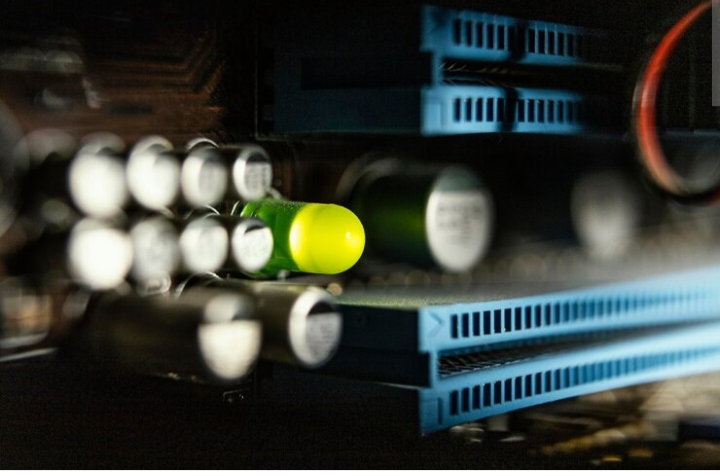Direct Flow (DC) generators are electrical gadgets that convert mechanical energy into direct flow electrical energy. They work on the rule of electromagnetic acceptance, which was found by Michael Faraday in the mid nineteenth hundred years. Understanding how DC generators work requires an investigate their development, activity, and different sorts, as well as their applications and limits.
The working principle of dc generator permits DC generators to change over mechanical energy (from turn) into electrical energy productively.
At the center of a DC generator is the essential standard of changing over mechanical energy, normally from a turning machine, into electrical energy. The primary parts of a DC generator incorporate the armature, field winding, commutator, and brushes. The armature is an alternating loop of wire that is put inside an attractive field. At the point when the armature turns, the development inside the attractive field actuates an electromotive power (EMF) in the loop as per Faraday’s law of enlistment.
The armature is mounted on a shaft and pivots inside an attractive field made by field winding or long-lasting magnets. The field winding can be sorted out in various arrangements, prompting various kinds of DC generators. In a shunt generator, the field winding are associated in lined up with the armature. In a series generator, the field winding are associated in series with the armature. Compound generators join both series and shunt arrangements, permitting them to exploit the advantages of the two plans.
At the point when the armature pivots, it slices through the attractive field lines, creating an electrical flow. In any case, the current produced is exchanging in nature. To change over this exchanging current (AC) into direct current (DC), DC generators utilize a commutator. The commutator is a parted ring gadget associated with the armature shaft that corrects the air conditioner yield by permitting current to stream in one heading. As the armature turns, the fragments of the commutator switch the bearing of the ongoing stream, it is immediate current to guarantee that the result.
Brushes, normally made of carbon, connect with the commutator and give a way to the current to stream out of the generator. The brushes are situated so that they keep in touch with the pivoting comutator, considering nonstop current stream. The effectiveness of this game plan is critical, as wear on the brushes and commutator can prompt expanded upkeep needs and diminished execution.
One of the upsides of DC generators is their capacity to give stable voltage yield under differing load conditions. Shunt generators, specifically, are known for their voltage security, making them reasonable for applications where consistent voltage is essential, for example, charging batteries and providing capacity to electronic gadgets. Then again, series generators are appropriate for applications requiring high beginning force, like in foothold frameworks and electric vehicles. They can deliver a higher result voltage when under load, however their result might differ essentially when the heap changes.
DC generators additionally track down applications in different fields, including modern settings, car frameworks, and sustainable power. For example, they are regularly used to charge batteries in vehicles and give reinforcement power in telecom frameworks. In enterprises, they power DC engines and give the fundamental voltage to electrochemical cycles. Besides, they are utilized in sustainable power frameworks, especially in wind turbines, where the generator changes over mechanical energy from the rotor into electrical energy.
Nonetheless, DC generators additionally accompany constraints. One critical test is the upkeep expected for brushes and commutators, which can wear out over the long haul because of rubbing and igniting. This requires normal investigations and substitutions, which can increment functional expenses. Furthermore, DC generators ordinarily have a lower proficiency contrasted with their AC partners, particularly at bigger scopes. This has prompted a decrease in their utilization in numerous applications as innovation has progressed.
In current settings, the utilization of DC generators has moved to a great extent to specific applications. Numerous businesses have moved towards utilizing AC generators or inverters that can change AC over completely to DC when required, because of the simplicity of transmission and the capacity to create higher voltages over significant distances. Notwithstanding, DC generators stay applicable in unambiguous situations where their qualities give particular benefits.
All in all, DC generators are fundamental gadgets that convert mechanical energy into direct flow electrical energy. Their development includes key parts like the armature, field winding, commutator, and brushes, each assuming a urgent part in the activity of the generator. While they have extraordinary advantages, for example, stable voltage result and high beginning force, they additionally face difficulties like support and effectiveness issues. Understanding their activity and applications considers informed choices while choosing power age frameworks for different necessities. As innovation advances, the job of DC generators might keep on adjusting, tracking down new specialties in an undeniably zapped world.

